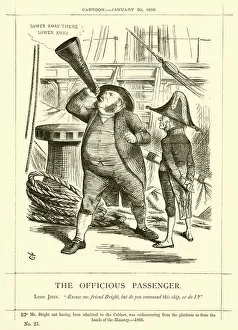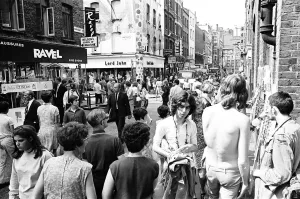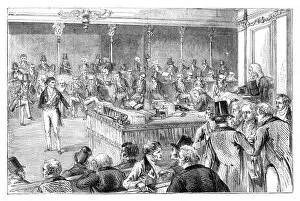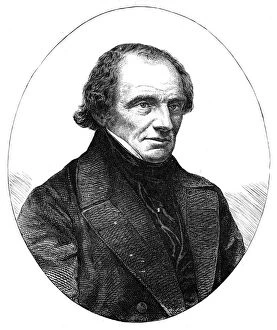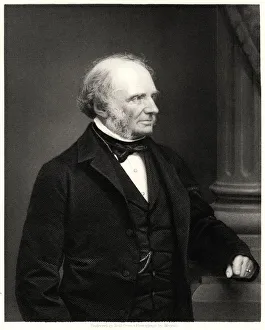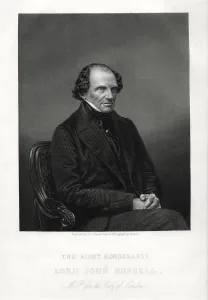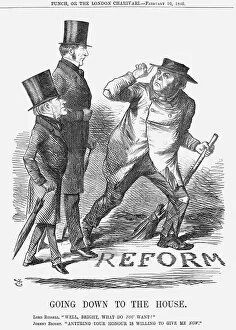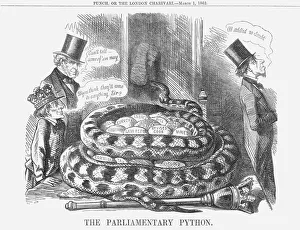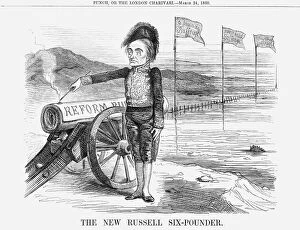Lord John Collection
Lord John is a name that echoes through history, encompassing various individuals and moments in time. From the fashion world to politics, this name holds significance
All Professionally Made to Order for Quick Shipping
Lord John is a name that echoes through history, encompassing various individuals and moments in time. From the fashion world to politics, this name holds significance. In the swinging 60s, Lord John of Carnaby Street was at the forefront of style. Owned by Warren Gold and associated with Mary Quant, it became synonymous with the vibrant youth culture of London. But Lord John is not just a fashionable label; it also represents political power. Lord John Russell, later known as Earl Russell, was an influential British statesman in the 19th century. His engraved portrait captures his dignified presence and political prowess. Yet before he rose to prominence, Lord John was once a young boy at Belvoir Castle. A black and white photograph transports us back in time to witness his early years filled with innocence and curiosity. Political cartoons from Punch magazine shed light on other figures connected to Lord John's era. One such cartoon depicts John Bright as "The Officious Passenger, " highlighting the complexities of political relationships during that period. Lord John Russell's legacy extends beyond politics alone; it encompasses societal change too. The Reform Act of 1832 introduced by him revolutionized voting rights in Britain - an act depicted in historical illustrations capturing its importance. Throughout his life, Lord John remained committed to Whig and Liberal principles. His dedication shines through portraits that immortalize him as a stalwart figure within these movements. As we delve into history's annals, we encounter multiple representations Russell - each capturing different facets of his character and influence on society. From engravings showcasing his statesmanship to photographs revealing glimpses into his personal life - all contribute to our understanding of this remarkable individual who left an indelible mark on British history.




